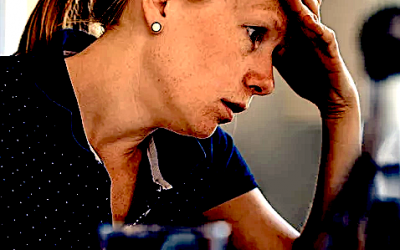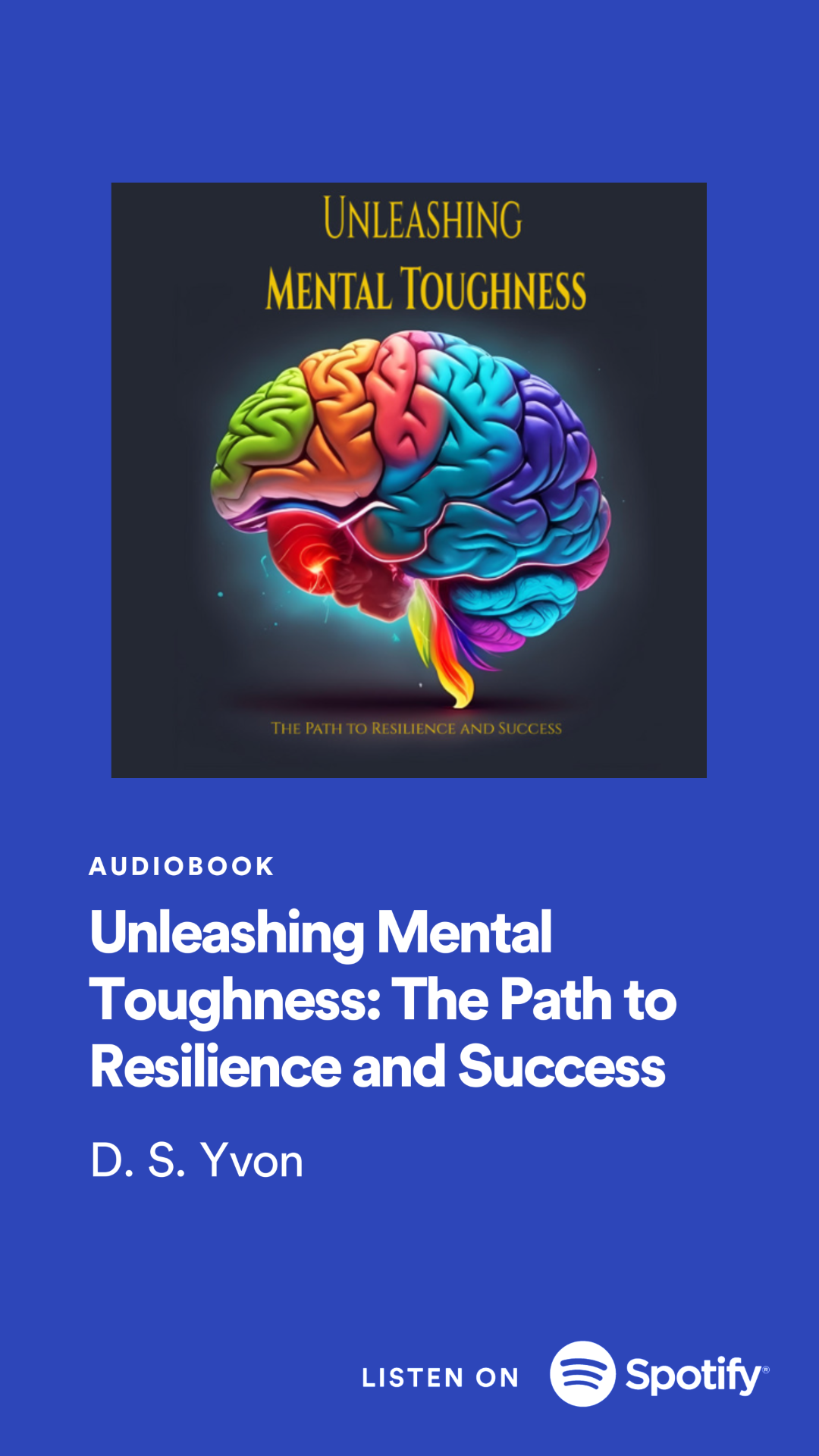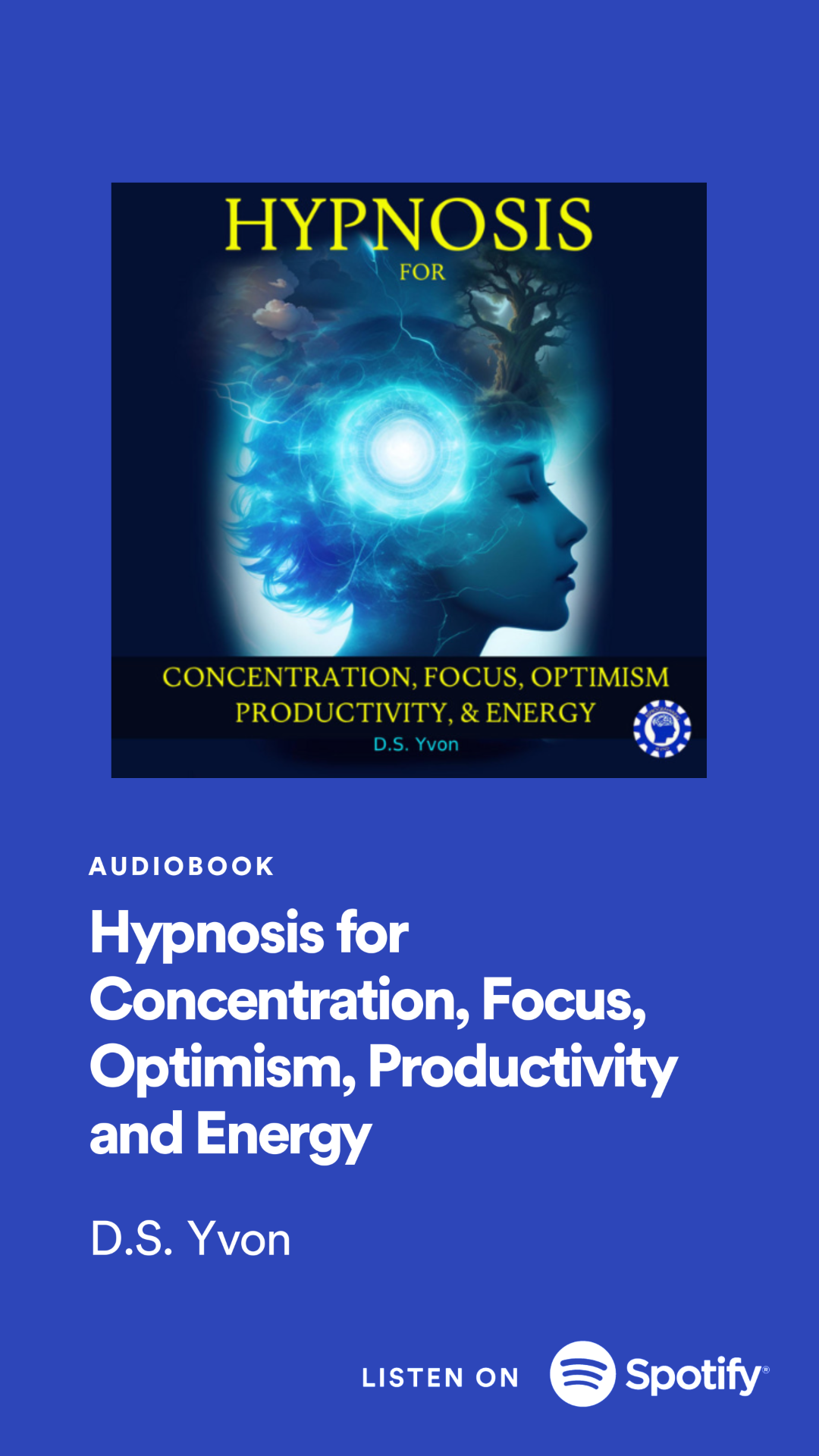Welcome to this hypnosis session on post-traumatic growth and resilience. Post-traumatic growth is the process of finding positive meaning and growth in the aftermath of a traumatic event. It is a natural process that occurs in many people who have experienced trauma, and it is a testament to the human capacity for resilience and strength. In this session, we will be using universal post-traumatic growth patterns that are present in all humans to help you tap into your own inner strength and build greater resilience in your life.
Before we begin, I want to remind you that hypnosis is a natural state of relaxation and focus, and it is completely safe and effective. You are in control at all times during this session, and you can choose to accept or reject any suggestion that I make. You will remain fully aware and alert, and you will be able to remember everything that happens during this session.
Now, take a moment to get comfortable in your chair or lying down on the bed, and let's get started.
Step 1: Relaxation and visualization
Close your eyes and take a deep breath in, filling your lungs with air. Exhale slowly, letting all the tension and stress of the day melt away. As you continue to breathe deeply and slowly, allow yourself to sink deeper and deeper into relaxation.
Now, visualize a place that brings you feelings of peace and calm. It could be a beach, a forest, a mountain, or any other place that holds special meaning for you. Imagine the sights, sounds, and smells of this place, and allow yourself to fully experience the feelings of relaxation and peace that it brings.
Step 2: Acknowledging and processing the trauma
It is important to acknowledge and process the trauma that you have experienced in order to move forward and find post-traumatic growth. As you continue to relax and focus, allow yourself to gently reflect on the traumatic event that you have experienced. Notice any thoughts, feelings, or memories that come up for you, and allow yourself to fully experience and express them.
It is okay to feel a range of emotions, including sadness, anger, fear, and guilt. These are natural responses to trauma, and it is important to allow yourself to feel and express them in a healthy way. It may be helpful to seek support from a therapist or a support group to help you navigate these emotions and work through the trauma.
It is also important to recognize that healing from trauma is a process, and it may take time to fully come to terms with what has happened. Be patient with yourself, and allow yourself to move through the healing process at your own pace.
Step 3: Finding meaning and purpose
One key aspect of post-traumatic growth is finding meaning and purpose in the aftermath of the trauma. This can involve reevaluating your priorities, values, and goals, and finding ways to move forward that align with these new insights.
As you continue to relax and focus, imagine yourself finding meaning and purpose in the aftermath of your trauma. Visualize yourself identifying new goals and priorities, and feel the sense of purpose and direction that comes with this process. It may be helpful to journal or talk to a trusted friend or therapist about your thoughts and feelings as you explore this process.
Step 4: Building a support network
Having a strong support network of people who can offer encouragement and assistance is an essential part of post-traumatic growth and resilience. As you continue to relax and visualize, think about the people in your life who have been there for you during this difficult time. Allow yourself to feel the love and support that they offer, and let it strengthen and uplift you.
Consider reaching out to these individuals and letting them know how much their support means to you. You may also want to consider seeking additional support from a therapist or support group to help you navigate this process. It is important to have a network of people who can offer emotional and practical support as you work through the aftermath of the trauma.
Step 5: Cultivating gratitude and positive emotions
Cultivating gratitude and positive emotions can be a powerful tool in the process of post-traumatic growth and resilience. As you continue to relax and visualize, focus on the things in your life that you are grateful for. These can be small things, like the warm sun on your skin, or larger things, like the love and support of your family and friends. Allow yourself to fully experience the feelings of gratitude and positivity that these things bring.
Practicing gratitude and focusing on the positive aspects of your life can help you build resilience and find a sense of hope and purpose as you move forward.
Closing induction:
Take a few deep breaths and allow yourself to fully return to the present moment. When you are ready, slowly open your eyes and take a moment to adjust to your surroundings.
As you continue your day, remember the feelings of relaxation, purpose, and gratitude that you experienced during this hypnosis session. You have the strength and resilience within you to move forward and find post-traumatic growth, and you can draw on these feelings and the tools you have learned during this session whenever you need to.
Thank you for taking the time to engage in this hypnosis session. I hope it has been a helpful and transformative experience for you.

























